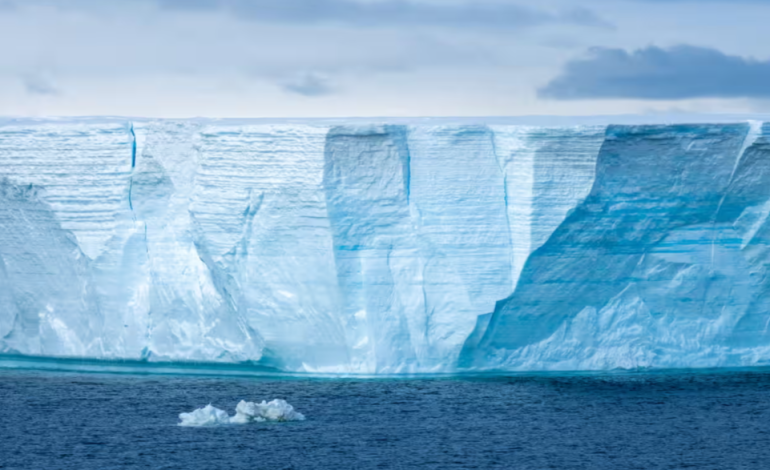US to Halt Sea Ice Data Sharing as Scientists Warn of Growing Gaps in Climate Monitoring

As the world experiences record lows in Antarctic sea ice and increasing signs of climate instability, US government satellite data used globally to monitor polar ice coverage is set to be discontinued—prompting concern among climate researchers, the Guardian reports.
The US Department of Defense announced it will stop processing and distributing sea ice data collected through its Defense Meteorological Satellite Program (DMSP) as of July 31, 2025. The program, operated by the US Space Force, is scheduled for full discontinuation in September 2026. According to a Navy spokesperson, the decision is aligned with updated IT modernization policies and reflects the program’s aging infrastructure.
This data, long used by the National Snow and Ice Data Center (NSIDC) and other scientific institutions, has served as a cornerstone for global monitoring of Arctic and Antarctic sea ice—widely considered a critical indicator of planetary health.
Dr. Alex Fraser, a researcher with the Australian Antarctic Program Partnership (AAPP), described the satellite record as the “number one heart rate monitor” for the planet’s ice systems.
“It’s our early warning system and tells us if the patient is about to flatline,” he said.
The announcement coincides with new research—published in PNAS Nexus—showing that the ongoing decline in Antarctic sea ice is contributing to a higher frequency of iceberg calving, the breaking off of large chunks from floating ice shelves. While sea ice itself does not raise sea levels when it melts, its absence allows more direct wave action on ice shelves, hastening their collapse. This can destabilize inland glaciers, resulting in rising sea levels.
The study further notes that models used to estimate Antarctic ice loss may not fully account for these recent changes. Glaciologist Dr. Sue Cook, also of AAPP, likened ice shelves to corks in a bottle, slowing the movement of ice from land to sea. Without robust sea ice to protect them, she warned, projections of sea level rise could be significantly underestimated.
Additional ecological impacts are also emerging. In 2022, the early breakup of Antarctic sea ice led to the loss of an estimated 7,000 emperor penguin chicks, which rely on stable ice for shelter during early development.
The NSIDC is working to integrate data from alternative satellite instruments, some with higher resolution, but warns that these may not align perfectly with the long-term record. Dr. Walt Meier, a senior scientist at the center, said while the team is confident a consistent record can still be maintained, “there will be some degradation in the consistency of the long-term trend.”
The loss of uniform data, he explained, could increase uncertainty in future climate trend estimates, at a time when precise measurements are critical for global policy and adaptation planning.
The change comes amid broader concerns about cuts to climate monitoring programs under the Trump administration, with some scientists warning that key data services could be deprioritized.
Although NSIDC has committed to maintaining sea ice monitoring using alternative sources, experts say the timing is particularly challenging, given the accelerating pace of change in Earth’s polar regions.
“This could not have come at a worse time,” said Fraser. “We’re seeing records being broken year after year in Antarctica.”









The latest news in your social feeds
Subscribe to our social media platforms to stay tuned